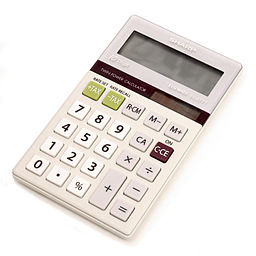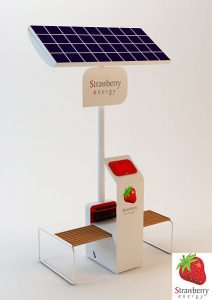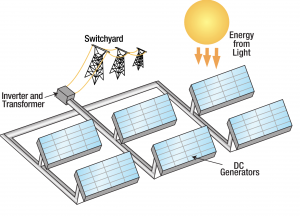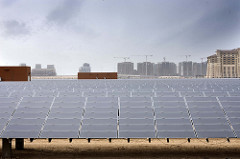There is always constant search for new eco-friendly energy sources and researchers at Tohoku University developed a new solar cell. Akama T. et al. used atomically thin 2D materials, known as transition metal dichalcogenides (TMD), to produced a semitransparent, flexible solar cell. The power conversion efficiency (PCE) of this innovation is 0.7% and although this value seems extremely small, it is the highest value for known for TMDs.
Why should we care about this? There are other energy production methods with higher PCE values, but none of them have the physical properties like a few layers of TMD. What makes this so significant is that the solar cell is extremely thin and still semi-flexible. You have probably seen an older version of this material in calculators such as the picture below.
Current solar cells are rigid, opaque and for large amounts of energy, they require a larger surface area. This research begins to solve all three problems; flexibility, transparency, and efficiency. Imagine the possibilities once the solar cell has become transparent, semi-flexible and highly energetic. As stated by the researchers, “…next-generation smart solar cells for various applications such as in the surfaces of windows, front display panels of personal computers and cell phones, and human skin.”
Every window in a building can produce electricity and your cellphones can recharge some of its battery just by being exposed to the sun. The development of solar cells is not solely for mass energy production, but potentially for everyday applications.
-Carswell Liu









